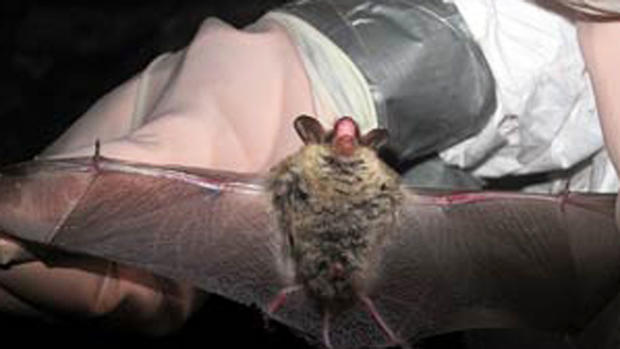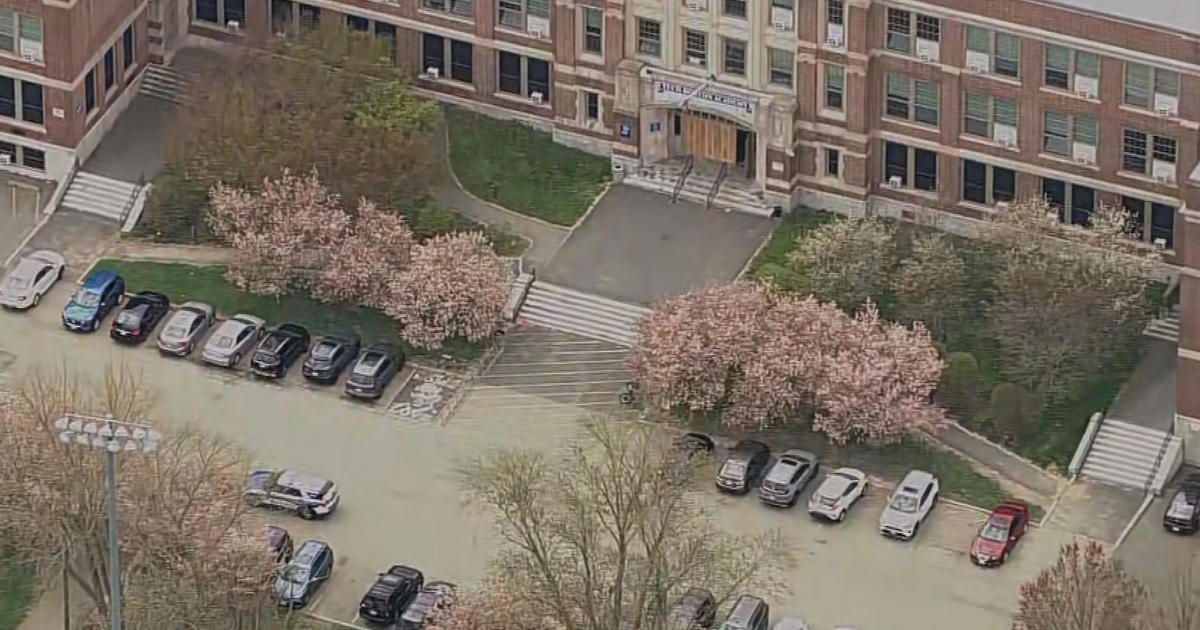Survey: Bats Not Choosing New Hampshire For The Winter
CONCORD, N.H. (AP) — Biologists found just a handful of bats this winter in New Hampshire, a sign that a deadly fungus is still taking a toll.
In a state that was once the wintering home for thousands of bats, the survey this year found just over two dozen.
Much of the blame can be put on the fungal disease known as white-nose syndrome. White-nose has been documented in about 31 states and five Canadian provinces since it first appeared in New York in 2006. The fungus thrives in caves and mines, growing on bats' wing membranes and noses while they hibernate. It has killed millions of bats.
"There is no good news," said Sandra Houghton, a wildlife diversity biologist at the New Hampshire Fish and Game Department. "The numbers were low in 2014 and 2015 and basically we were going three years after to see if there were any slow signs of recovery. We didn't really find any evidence of that."
The survey taken at four abandoned mine sites found a total of 26 bats, including 17 big brown bats and eight eastern small-footed bats. The biggest concern was that the most common species in the past, the little brown bat and the northern long-eared bat — the latter of which has been federally listed as threatened — were nowhere to be found. Biologists counted no northern long-eared bats.
Christina Kocer, of the U.S. Fish and Wildlife Service, said the findings are typical of what researchers are seeing across the Northeast. Little brown bats are also struggling, though she said there are some places in New York and Vermont where numbers are stabilizing or even rising.
"Those bats are probably spending their winter in Vermont or in other states," she said of the New Hampshire bats, noting the Aeolus Cave in Vermont is a big draw. "It is a very good hibernation site."
Despite white-nose syndrome wiping out 90 percent of Vermont bats, officials there found a number of remaining colonies where females congregate in barns and old buildings to raise young. Those colonies used to be more widespread but are now only found in the Champlain Valley up to Franklin County in northwestern Vermont and are significantly smaller than before white-nose hit.
"We're very excited to see that after five years of collecting that data that it seems like those numbers are stable," Alyssa Bennett, the Vermont Fish & Wildlife Department's bat expert.
In New Hampshire, Houghton and others said the survey doesn't mean the bats are gone for good. They still find them in far higher numbers in the summer, which might mean they are being more selective about where they hibernate. Summer remains a popular spot for bats in New Hampshire because of the abundance of forest, freshwater and old barns for them to shelter, she said.
"We are seeing little brown bats that are successfully having young and coming back multiple years. There are survivors getting through," she said.
(© Copyright 2018 The Associated Press. All Rights Reserved. This material may not be published, broadcast, rewritten or redistributed.)




